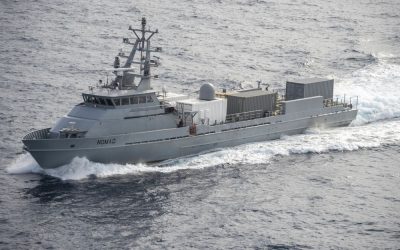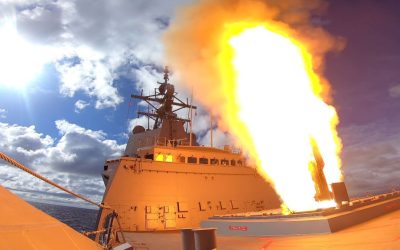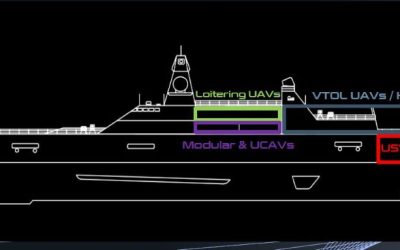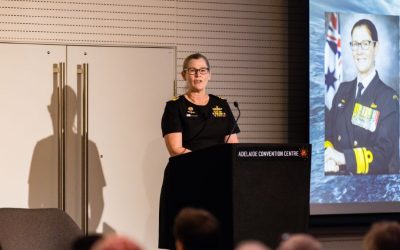The US Navy named the John Lewis class replenishment oiler, the future USNS John Lewis (T-AO 205), on 17 July 2021. Speaker of the House of Representatives, Congresswoman Nancy Pelosi, delivered the principal address.
The future USNS John Lewis is the first ship in its class and will be operated by the US Navy’s Military Sealift Command. The ship is named in honour of the late politician and civil rights leader. John Lewis class oilers will be named for other prominent civil rights leaders and activists.
The John Lewis class ships are based on commercial design standards and will recapitalise the current T-AO 187 class fleet replenishment oilers to provide underway replenishment of fuel to US Navy ships at sea. The ships are part of the US Navy’s Combat Logistics Force.
In June 2016, the US Navy awarded a US$3.2 billion contract to General Dynamics NASSCO in San Diego for the design and construction of the first six ships of the John Lewis class, with construction commencing in September 2018. The US Navy plans to procure 20 ships of the new class.
A total of six examples of the new class have been procured through FY2021, including the fifth and sixth in FY2020. The US Navy’s proposed FY2022 budget requests US$668.2 million for the procurement of a seventh TAO-205 class ship, and an additional US$76.0 million in advance procurement funding for the procurement of another TAO-205 in a future fiscal year.
The primary role of US Navy fleet oilers is to transfer fuel to surface ships that are operating at sea, to extend operating endurance. Fleet oilers also provide other surface ships with lubricants, fresh water, and small amounts of dry cargo.
The TAO-205 class has similar to those of the older Kaiser class ships and will rely on existing rather than new technologies. To guard against oil spills, TAO-205s are double-hulled, like modern commercial oil tankers, with a space between the two hulls to protect the inner hull against events that puncture the outer hull. The final Kaiser-class ships are double-hulled, but earlier ships in the class are single-hulled.



